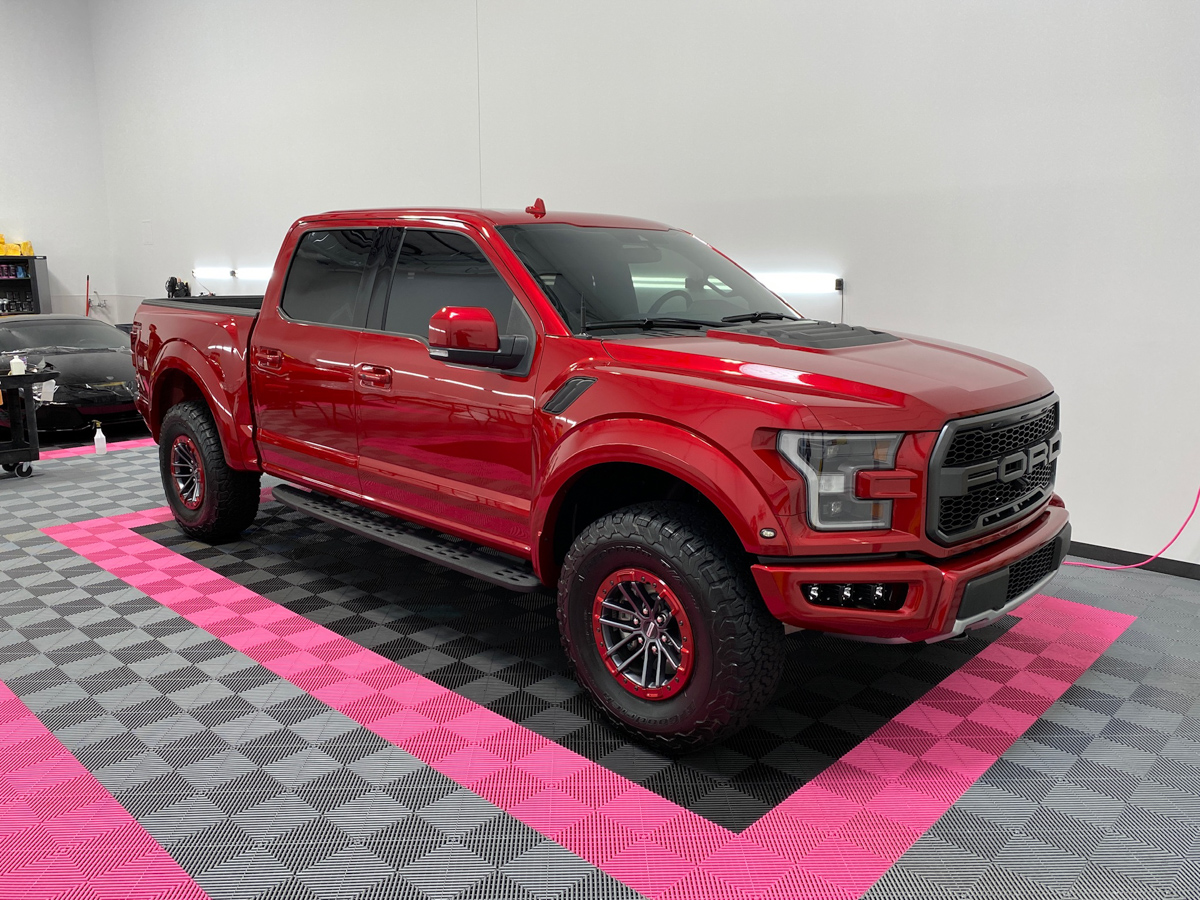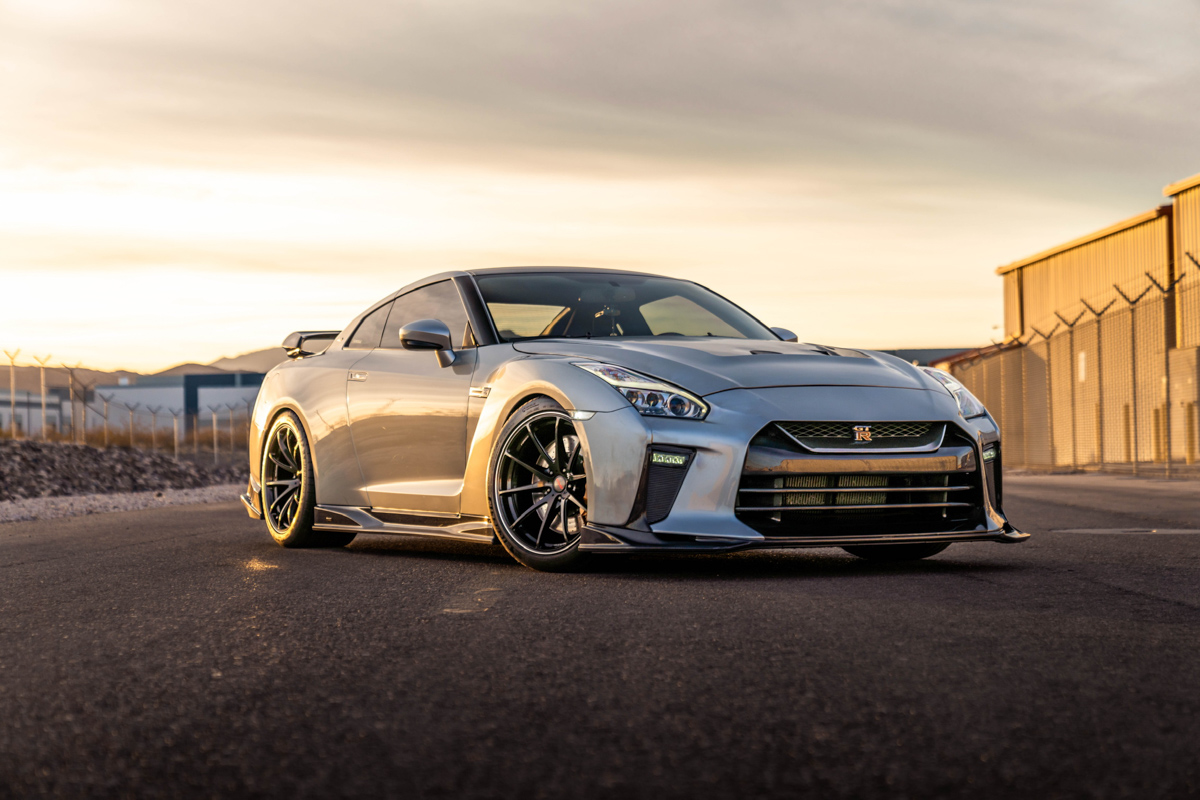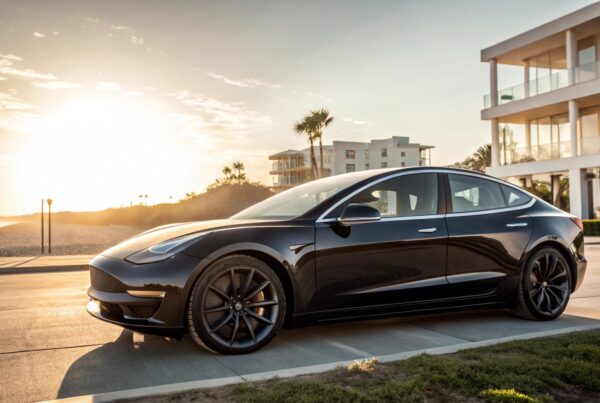Slang in the automotive world is as American as apple pie. Whether you’re taking your “LEMON” to the mechanic, or you’re going to “slam” your ride with a suspension kit, automotive lingo sometimes takes on a life of its own. When it comes to window tint for cars – some of the lingo or abbreviations can overwhelm or confuse both new installers and direct consumers. This is referred to as window tint terminology – and it can be very confusing to both new tint installers and car owners.
Finding the right window film for your vehicle starts by understanding the terminology. What is VLT, the TESR rating, or what is the difference between a tints U-Value and Shading Coefficient? If these expressions are over your head – don’t worry – you’re not alone.
Let’s take some time to break down some of the most common terms and acronyms that are associated with window tint for cars. We’ll introduce you to the most popular types of window tints, what makes them unique, and finally, introduce some of the important criteria that you should consider when choosing the right car window film.
What are the Popular Types of Window Tints for Cars?
Just like any other aftermarket accessory, the window film industry offers different grades of products. Some are purely decorative – while others are comprised of nanoceramic technology that helps to keep the inside of the vehicle cooler.
So – in order of protective qualities, here are seven of the most common window tints available.
What is Privacy Glass
The first one on the list is not actually a tint or film at all. Privacy glass is a factory direct inclusion – typically on SUVs, trucks, and mid-sized sedans one the rear or side windows. It’s a darkened window that is created by an electronic process – deep dipping’ that applies a dark pigment on the inside of factory glass. It’s become increasingly popular. In fact, nearly half of all new production cars have privacy glass installed.

What is Dyed Window Tint?
The traditional entry-level of film that is applied to automotive glass is a dyed window tint. It’s essentially an elevated privacy glass, that is available in multiple opacities (or darkness). The film is comprised of an adhesive layer on the bottom, dyed layer in the middle, and a coating of polyester on the surface.
The adhesive sticks to the window, the dye helps to aid in blocking UV A and UV B rays, while the outside polyester coat reduces the potential of scratching. However, this entry-point of window tint is prone to cracking and does not hold up long. It also is not good at blocking infrared radiation – which creates heat inside the vehicle. Additionally, with excessive exposure to sunlight, the film tends to turn purple – which reduces visibility.
Metalized Window Tint
As you move up the window film depth chart, you’ll arrive at metalized window tint. While the dyed film is mainly decorative, metalized film is infused with microscopic particles of metal, which serves two purposes. First, it helps improve the UV blocking properties, but second – it adds strength to the window once applied.
This is helpful if the vehicle is vandalized or a rock is thrown at the window. It will help to reduce the potential of shattering the window, which keeps vehicle occupants safe and reduces the potential of theft.
What Is Hybrid Window Film?
If you’re looking for a mixture of dyed window tint with metallic window strengthening properties, the hybrid window tint is a starting point. It’s made from titanium metal flakes and a grey window dye. It’s a medium grade tint, so it’s not too light or dark, it’s not reflective, and does not negatively impact driving at night.
What is Carbon Window Film?
The window tints mentioned above are considered the entry-point for many film manufacturers. The protective qualities offered by premium window film begins at the carbon window tint level. This is a matte finish that helps to block the infrared transmissions or IR. It is also exceptional at blocking up to 99 percent of UVA and UVB – which not only reduces damage to interior components like seats, dashboards, and plastics, but also reduces potential of skin cancer.
What is Color Stable Window Tint
One of the negative attributes of most entry-point window tints is the fact that dyes tend to wear out or turn purple due to exposure to the sun. A color stable window tint is the solution to this common problem. Essentially, the color stability is achieved through the infusion of higher-quality dyes, carbon materials, and an enhanced manufacturing process. When installed correctly, the new color stable window tints can provide more than 10 years of protection.
 What is Ceramic Window Tint?
What is Ceramic Window Tint?
The upper tier of tint for cars is the ceramic infused variant. It’s basically the best of all worlds – where it can block nearly all of UVA and UVB and can reduce more than 90 percent of infrared transmission. It’s created by infusing nanoceramic particles within multiple layers of the film. This not only provides a stronger and more durable adhesion, but reflects sun rays, instead of absorbing them.
Additionally, unlike metallic or hybrid window films, a ceramic window film does not block or reduce transmissions from Bluetooth®, cell phone, Wi-Fi and other communication devices. A ceramic tint delivers reduced fading and glare, remarkable shatter resistance, and helps keep the inside of your vehicle cooler.
Exploring the Terms Associated with Rating Window Tint
When you buy a new car, the salesman typically uses some terminology you’re familiar with hearing – such as MPG (or the vehicle’s fuel efficiency), HP (the engines horsepower), and MSRP (the manufactures suggested retail price). The window film industry also has many abbreviations or terms that are used in describing the performance or attributes of the film.
Visible Light Transmittance (VLT) is the percentage or amount of visible light that can pass through a piece of glass (or window). When the VLT percentage is low, it means that less light can pass through the glass. Essentially, when the tint is darker, VLT is lower.
There are two types of VLT ratings. The Internal VLT is the light that passes from the inside the vehicle. External VLT is its opposite – or light that passes from an outer source.
Visible Light Reflectance (VLR) is the amount of visible light that has been reflected by window glass or a protective film. The higher this number, the more light is reflected. This is a major component that helps to determine the glare produced by a window. Most non-tinted windows can reflect up to 10 percent of visible light. As you add higher quality window tint – that is intended to increase VLR, window glare is reduced.
Sputtering is defined as a form of vapor deposition that helps to bond metallic particles such as silver, copper, chromium, and gold onto window film. It’s used to create a thin layer that makes this type of film well suited to block sunlight with a subtle finish.
Total Solar Energy Rejected (TSER) is a rating that measures the window tints ability to block the three effects produced by solar energy including – UVA and UVB, visible light, and infrared radiation (IR). Essentially, it’s the overall rating that describes the power of window film.
IR is the abbreviation for Infrared Radiation. It’s a type of radiant energy that is not visible to human eyes, but we feel as ‘heat’. When a window tint is referred to as an IR window tint, it means the film is intended to reflect heat from the protected window. This prohibits infrared or heat from penetrating the glass, and thus – keeps the inside of the vehicle cooler. IR window tint provides exceptional heat rejection properties.
Absorbance refers to the window films ability to retain or absorb heat or light. A window film with a strong absorbance will typically produce less glare – which helps to improve visibility.
Reflectance is the amount of light or heat that is rejected away from the tinted window. A tint with a higher reflectance rating will improve its ability to block UVA, UVB, and IR.
Glare Reduction is the opposite of VLT or the amount of visible light that is rejected by a substrate. In the case of window tint, the combination of the glass and the tint produces a total reflectance.
Total Solar Reflectance is the complete amount of light and heat that is absorbed by the window film.
Window tint for cars comes in different grades, darkness levels, and quality. While it might be tempting to install window film yourself, it’s always best to defer to professional tint installation. If you’d like to stay on top of new tint products and technology entering the industry, click the button below to request a free estimate.


 What is Ceramic Window Tint?
What is Ceramic Window Tint?


